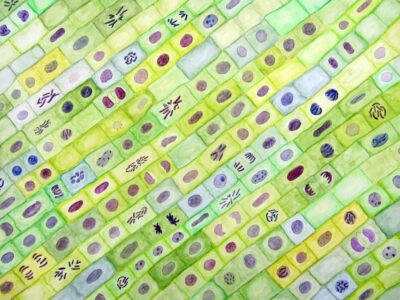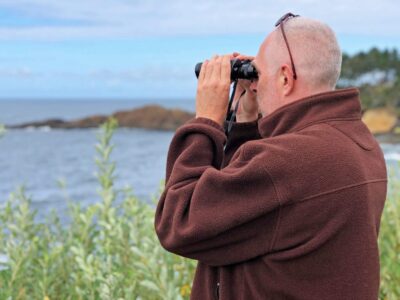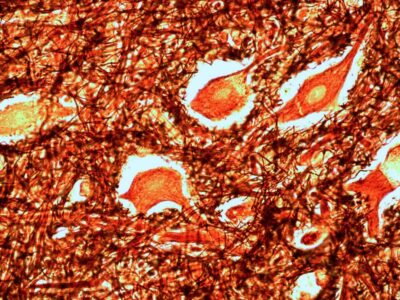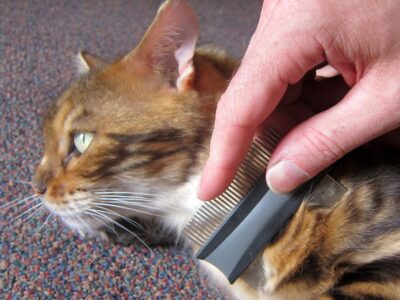who we are
&
what we do
The art of knowing science
We make art that explores how science knowledge is constructed, evaluated. and utilized over a lifetime.
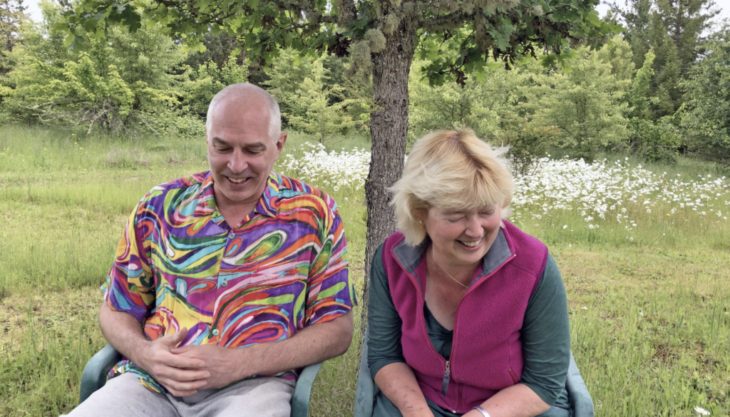
Who we are:
We are two science teachers with backgrounds in the physical and life sciences. We are also nature artists: Lesley focuses on mixed media collages and small assemblages. Mark makes full-size object assemblages and installations. Together we build exhibits with supporting curricular materials that represent different ways of knowing about science topics.
What we do:
VividScience exhibits and curricular materials emphasize building multidisciplinary knowledge of a topic through hands-on experiences. To break ourselves out of the traditional science teaching and learning mold that we were trained within, we select topics that we did not learn much about through formal schooling but are ubiquitous in our surroundings (like sand, iris, bee). We create art as we learn about these topics ourselves, incorporating a variety of disciplines, participating in hands-on activities, and modeling a path for other adult learners engaged in studying the natural world.
Why we do this:
Early in our teaching, we noticed how our students gravitated towards nature study over the traditional experimental focus of introductory science courses. A few things occurred to us: First, that science courses, especially at the university, are still focused on training future scientists, when most students will use science as consumers and citizens. Next, science studies natural phenomena, and most science courses and accompanying textbooks assume that students already appreciate and have awareness of natural phenomena. Our experience is that many of our students have not yet grown a flower, or spent time watching a bee travel flower to flower, but they have repeatedly seen (and been disinterested in) a textbook illustration of a flower labeling sepal, stamen, etc. Additionally, science courses increasingly focus on solving science problems, reflecting the explanation part of science discovery that is most funded, but neglecting the exploration and description aspects of science process that many students find personally engaging. Repeatedly students hear about the problems we face, assuming that they will care about species extinctions and polluted waters before learning about the beauty and interconnectedness of the natural world. And finally, science courses are heavily siloed, separated from other disciplines, which differs from how most people utilize science in their daily lives. Over a lifetime we learn about topics from many angles with richness and across disciplinary boundaries.
Taking science outside of traditional classroom settings and across disciplines opens incredible opportunities and we have had the privilege to share this journey with over 35,000 students. Let the adventures continue!
Discover the wonders of the natural world along with us.
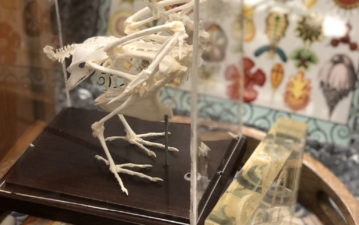
Natural History
/ Spring 2024
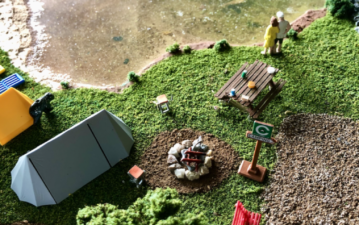
Miniature Naturalist
/ SPRING 2024
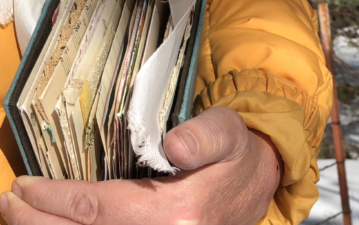
Nature Journals
/ Ongoing
